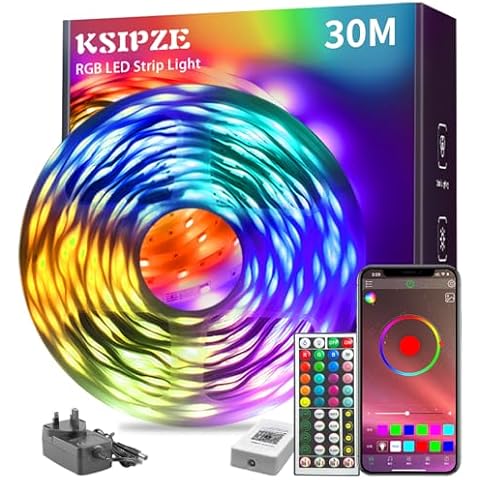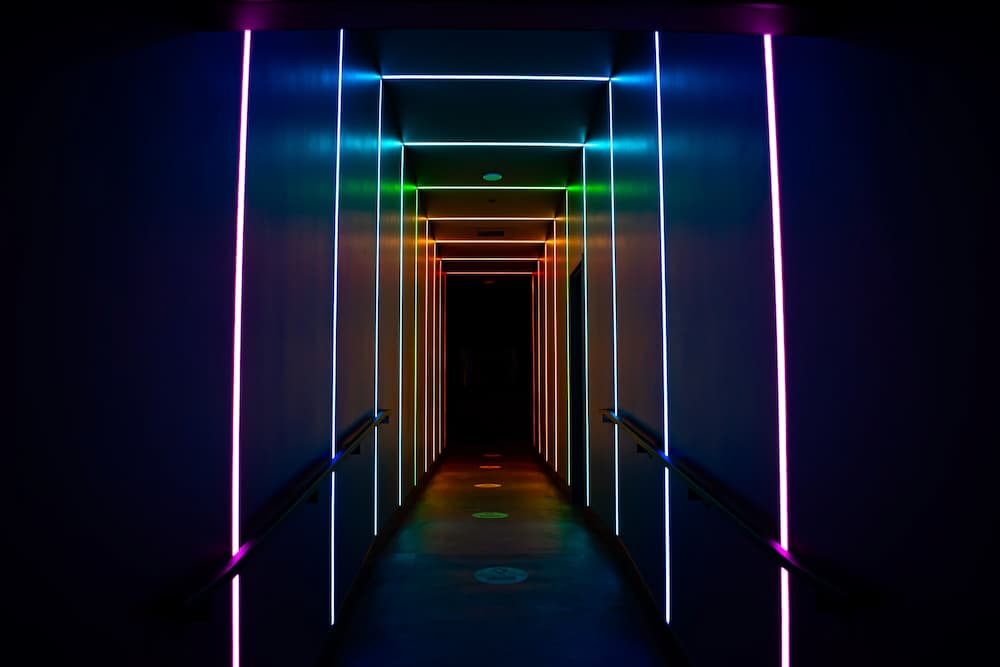A Guide to Choosing the Right LED Strip Lights
There's no doubt that LED strip lights have become increasingly popular in recent years. They offer a versatile and relatively inexpensive way to add accent lighting to any room, and they're perfect for creating a party atmosphere. But with so many different types of LED strip lights on the market, it can be difficult to know which ones are the best. Whether you're looking for something simple or something that will really make a statement, we've got you covered.
Factors
Installation Area
One of the great things about LED strip lights is their versatility. They can be used to add accent lighting to just about any space, both inside and out. When choosing LED strip lights for your home, the first thing to consider is where you want to install them. Some popular locations include under kitchen cabinets, behind televisions, and under bedroom vanities. Once you've decided where to install your LED strip lights, the next step is to choose the right type of light. For example, if you want to add a bit of drama to your tv viewing experience, you might opt for a strip light that changes colour. Or, if you're looking for a more subtle effect, you might choose a strip light that emits a soft white light. If you want to light up your garden or patio, solar strips are a great way. They are easy to install and require no wiring, making them ideal for areas where it is difficult to run electrical cables.
Strip Length
Before purchasing LED strip lights, it is important to consider the length of the strips that you need. 15m strips are the most commonly available, but they may be too long for some applications. 10m strips are a good compromise between length and price, while 20m strips are best for larger spaces.
Voltage
Most LED strip lights run on 12v or 24v, with 240v strips being less common. The voltage of the strip will determine how much power it can use and how bright it will be. 12v strips are generally suitable for low-power applications, such as lighting up a small area. 24v strips are brighter and can be used for larger areas or for accent lighting. 240v strips are the brightest option, but they require specialised equipment and are not suitable for all applications.
Installation Suggestions
There are also a few things to keep in mind when installing LED strip lights. Make sure that the surface is clean and dry before starting, and use tape or adhesive to secure the strip in place. It is also important to connect the strip lights to a power source that can handle the maximum current draw of the lights. Failure to do so could result in damage to the strip or even a fire. By following these simple tips, you can ensure that your LED strip lights will last for many years to come.










